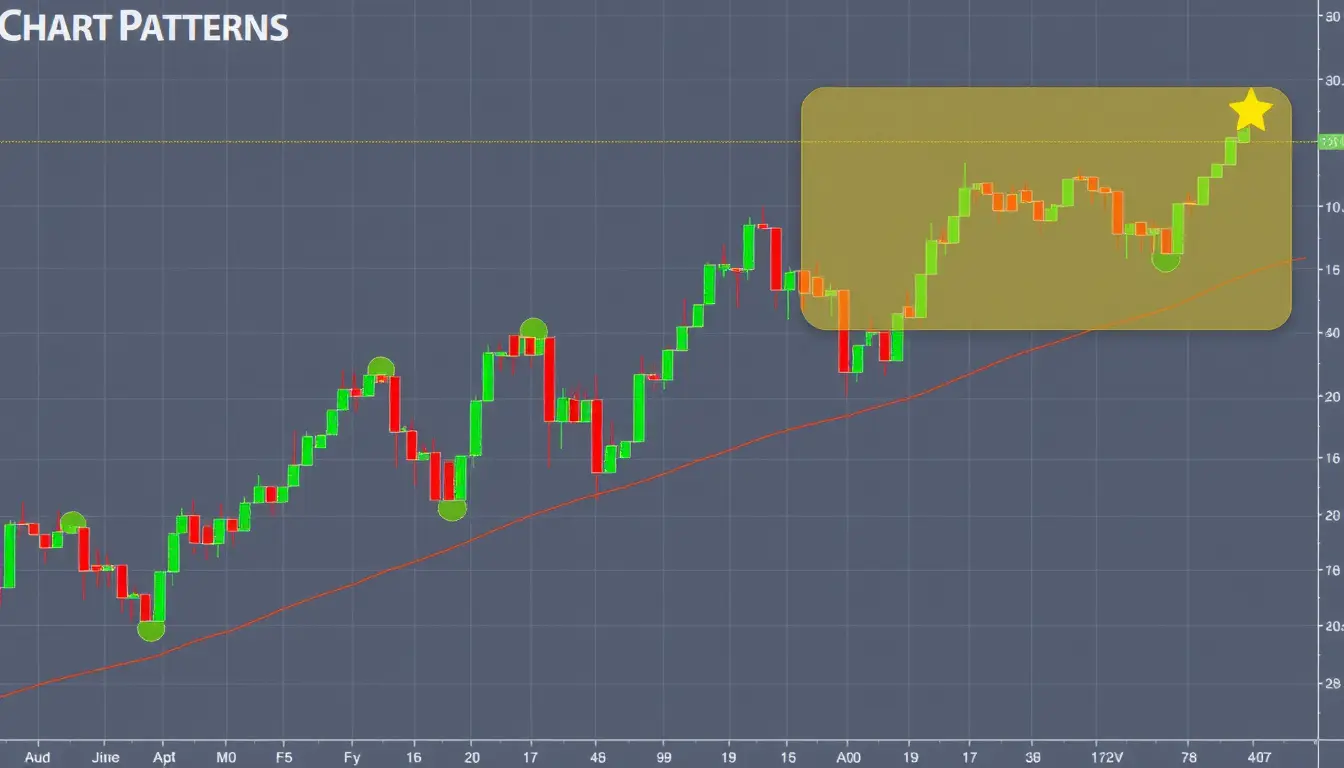Options trading can be an exciting and potentially profitable financial strategy when armed with the right knowledge and resources. It offers opportunities to generate additional income, hedge against market fluctuations, and even speculate on price movements with relatively low capital. If you’re interested in learning the ropes of options trading, discovering effective strategies, and understanding how the market works, you’re in the right place. In this article, we’ll break down the basics of options trading, covering how it functions, popular strategies, and which stocks are best suited for options trading.
What is Options Trading?
Options trading involves the buying and selling of options contracts tied to stocks, indexes, commodities, or other financial instruments. An option is a financial derivative that provides the buyer with the right, but not the obligation, to buy or sell an underlying asset at a specified price before a predetermined expiration date.
There are two types of options:
- Call options: Grant the holder the right to buy the underlying asset at a predetermined price within a specified timeframe.
- Put options: Grant the holder the right to sell the underlying asset at a predetermined price within a specified timeframe.
Options trading is a more advanced form of investment compared to regular stock trading. While it offers greater leverage and flexibility, it also comes with a higher level of risk. Although it can be an excellent tool for experienced traders, beginners should take the time to understand the fundamentals before diving into the world of options.
How to Do Options Trading
To get started with options trading, you’ll need to follow a few simple steps. Here’s a beginner-friendly guide:
1. Learn the Basics of Options
Before diving in, it’s crucial to understand key terms like:
- Strike Price: This refers to the price at which the underlying asset can be bought or sold.
- Expiration Date: The date on which the option expires, rendering the right to buy or sell the asset void.
- Premium: This is the cost paid to purchase the option contract.
- In the Money (ITM): An option is considered “in the money” when it has intrinsic value and is beneficial to exercise.
- Out of the Money (OTM): An option is “out of the money” when it lacks intrinsic value and would not be advantageous to exercise.
2. Open a Brokerage Account
To start trading options, you need a brokerage account that supports this type of trading. Many brokers, such as Interactive Brokers, TD Ameritrade, E*TRADE, and Robinhood, offer options trading services. When choosing a broker, consider factors like fees, ease of use, and available educational resources to find the platform that best suits your needs.
3. Fund Your Account
Once your brokerage account is set up, you can start trading by making a deposit. While you don’t need to make a large initial investment, it’s essential to have enough funds to cover the premiums for your options and any associated fees.
4. Choose the Right Options Contracts
When choosing options contracts, consider the following factors:
- Strike Price: Select a strike price that aligns with your investment strategy, whether you’re anticipating a bullish or bearish market movement.
- Expiration Date: Choose an expiration date that gives the market enough time to move in your favor, allowing for potential profits.
- Liquidity: Ensure there is sufficient liquidity in the options market, as this will make it easier for you to enter and exit positions efficiently.
5. Monitor the Market
Stay informed about market trends and be ready to adjust your strategy when needed. Leverage tools like AI signals to track and predict market movements. By utilizing AI trading signals, you can gain valuable insights that help you make more informed decisions at the right time.
Option Trading Strategies
Options trading provides a range of strategies tailored to a trader’s specific goals, risk appetite, and market conditions. Depending on whether you’re looking to capitalize on price fluctuations, protect your investments, or generate income, the following strategies could prove beneficial:
1. Covered Calls
A popular options strategy is the covered call. This approach involves selling a call option on a stock that you already own. The strategy generates income through the premium earned from selling the call option. It’s ideal for traders who have a neutral to mildly optimistic outlook on the stock, as it allows them to earn extra income while holding onto their position.
2. Protective Puts
A protective put acts as an insurance policy for your stocks. By buying a put option, you’re safeguarding yourself from potential losses in the underlying asset. If the stock price drops below the strike price, the value of the put option increases, helping to mitigate the losses you may experience.
3. Iron Condors
An iron condor is an advanced trading strategy where you simultaneously sell an out-of-the-money call and put, while also purchasing another set of out-of-the-money call and put options. This strategy thrives in low volatility conditions, where the price of the underlying asset stays within a specific range.
4. Straddle and Strangle
Traders often use these strategies when they expect significant market volatility but are unsure about the direction of the price movement. One such strategy is called straddling, where a trader buys both a call and a put option with the same strike price and expiration date. Another approach is the strangle, where a call and put option are purchased at different strike prices but with the same expiration date. These strategies can generate profits if the price of the underlying asset moves sharply in either direction.
5. Vertical Spreads
A vertical spread involves buying and selling options of the same type (either calls or puts) with the same expiration date but differing strike prices. The goal is to profit from the difference in premiums between the bought and sold options. This strategy is ideal for more conservative traders, as it offers a lower risk-to-reward ratio.
Best Stocks for Options Trading
When selecting stocks for options trading, it’s crucial to focus on equities with high volatility and liquidity. Volatility creates opportunities for profitable price movements, while liquidity ensures you can enter and exit positions smoothly without significant price disruptions. Here are some top stocks to consider for options trading:
1. Tesla (TSLA)
Tesla stands out as one of the most actively traded stocks in the options market. Thanks to its inherent volatility, the stock price of Tesla often experiences substantial movements, creating numerous opportunities for profit. This makes it a favored pick among options traders looking to capitalize on quick gains.
2. Apple (AAPL)
Apple is an excellent stock for trading options due to its high liquidity and stability. The company’s consistent market performance makes it a popular choice for options contracts, enabling the effective use of strategies such as covered calls and vertical spreads.
3. Amazon (AMZN)
Amazon’s stock often sees substantial price movements, offering traders the chance to capitalize on market shifts. With liquidity comparable to major companies like Tesla and Apple, Amazon provides options traders with the advantage of tighter bid-ask spreads and minimal slippage.
4. NVIDIA (NVDA)
NVIDIA is known for its significant volatility, especially due to its position in the semiconductor industry. It provides numerous opportunities for options traders looking to take advantage of both short-term price fluctuations and long-term trends.
5. Microsoft (MSFT)
Microsoft is another reputable company known for its impressive track record. It’s an excellent choice for options trading due to its high liquidity. With Microsoft, traders can explore a variety of options strategies, whether they’re aiming to generate income through covered calls or speculating on price fluctuations.
The Role of AI in Enhancing Your Options Trading Strategy
AI and machine learning are transforming the way traders approach options trading. At AI Signals, we harness advanced algorithms and real-time data analysis to provide traders with precise and timely trading signals. By leveraging AI-powered signals, traders can make informed, data-driven decisions, minimize emotional biases, and enhance their chances of success in the fast-paced and unpredictable options market.
AI trading algorithms can analyze vast amounts of historical data, enabling them to make highly accurate price predictions. Whether you’re trading options on Tesla, Amazon, or Microsoft, AI signals allow you to spot trends early, helping you adjust your strategies for maximum profitability.
Risk Management in Options Trading
Options trading comes with significant risks, but it also offers considerable potential for profit. To protect your investments, it’s crucial to implement a strong risk management strategy. This approach will help minimize losses while maximizing the opportunity for gains.
Here are a few risk management techniques:
- Diversification: Reducing your risk can be achieved by diversifying your options trades across different stocks and industries. This strategy helps protect your portfolio from potential downturns in any single area.
- Limit Orders: To avoid overpaying for an options contract, consider using limit orders. This ensures you’re getting the price you want, rather than paying more than necessary.
- Position Sizing: It’s important not to risk too much capital on a single options trade. By carefully managing the size of your positions, you ensure that your account can withstand potential losses without being wiped out.
Conclusion
Trading options is a complex financial strategy that requires a thorough understanding of market trends, techniques, and risk management. By learning how options work, how to trade them effectively, and adopting the right strategies. You can enhance the potential returns in your investment portfolio. Leveraging AI Signals’ AI-powered trading signals can help refine your options trading approach, enabling you to make more informed and profitable decisions.
Top stocks for options trading, like Tesla, Apple, and Amazon, offer significant potential for both short-term and long-term strategies. Whether you’re a beginner or an experienced trader, mastering options trading is crucial for achieving success and profitability in the market.
Join AI Signals and access the most accurate, AI-driven trading signals designed to keep you one step ahead in the highly competitive options market.




